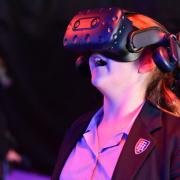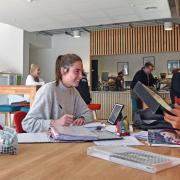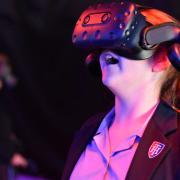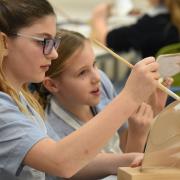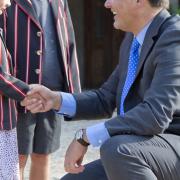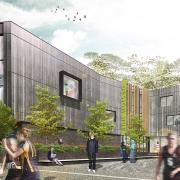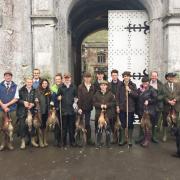Dr Bryce Dyer of Bournemouth University has combined his experience as a competitive cyclist with his expertise in product design to create a specialist prosthetic limb for Paralympic cyclist Colin Lynch
It’s been an exciting summer of sport, with the Rio Olympics, Euro 2016 and Wimbledon all taking place in a very short space of time – and we’ve still got the Paralympics to look forward to. Central to most of those sporting competitions is the use of sporting equipment and technology; with the slightest adjustment having the potential to make a difference to performance.
As head of Bournemouth University’s Design and Engineering Research Centre, my expertise is in product design. Over the last few years I have been helping a Paralympic cyclist to achieve their dream of competing in the Rio 2016 Paralympics.
My main research interest is in the design and measurement of sporting equipment and seeing its impact on performance. I’ve competed in multiple sports at a national level myself, so it’s really exciting to be able to combine my passion with research that has tangible, real world applications. Most recently that’s led me to work with Pace Rehabilitation to design a prosthetic limb for Irish Paralympic cyclist, Colin Lynch. The company specialises in providing services to people who have lost a limb, with the aim of helping them to rebuild their lives after a life¬changing event.
Prosthetic limbs designed for elite sport are very different to those used for everyday tasks. They need to be comfortable to wear, but ultimately everything is about performance. The starting point for this project was my curiosity about how important a prosthetic limb might or might not be when cycling competitively. I have personal experience as a competitive cyclist, so it’s been fascinating to combine that knowledge with my research.
I worked together with Pace Rehabilitation to see if we could improve the aerodynamics, weight, construction and general mechanics of the prosthesis. We needed to take into account not only the best possible design, but also Colin’s own personal needs for competing. We ended up creating a limb specifically for him, that I designed and Pace built.
Along the way we created a number of prototypes, which Pace and Colin tested under competition conditions to see which gave the best performance. Pace undertook the highly skilled fitting of the limb to the athlete, while my work focused on designing the shape of the limb.
Colin will be using our design when he competes in the Rio 2016 Paralympics in September. It is great to see our team’s work contributing to improving the performance of elite athletes like Colin at such an important international sporting event.
For more information about Bournemouth University’s Design and Engineering Research Centre visit research.bournemouth.ac.uk
About Dr Bruce Dyer
Dr Bryce Dyer is Head of Bournemouth University’s Design and Engineering Research Centre. His current research interests focus on the philosophy, design and performance of technology used in elite sports. Dr Dyer has been awarded a number of prizes for his work, including the Isambard Kingdom Brunel Award Lecture at the British Science Festival and Times Higher Education Award nominations for ‘Outstanding Contribution to Innovation and Technology’ and ‘Outstanding Engineering Research Team of the Year’.
More…
• Ear, nose and throat issues: Why you shouldn’t suffer in silence - Seniority brings with it an increase in ear, nose and throat issues, but there is no need to suffer in silence, says ENT Consultant, Mr Stuart Rhys-Williams








